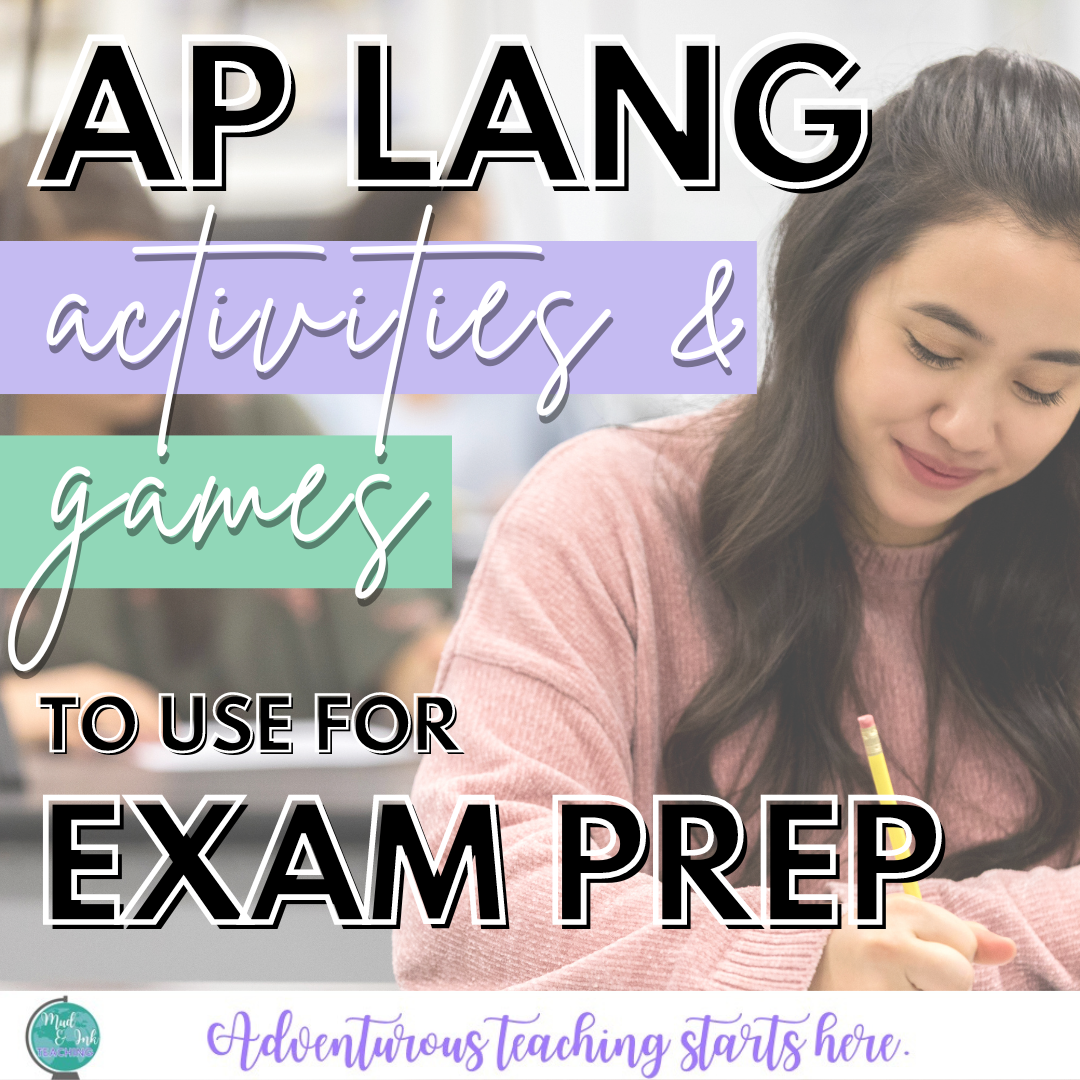
ADVENTUROUS TEACHING STARTS HERE.
9 Easy Halloween & Fall Lessons for Secondary ELA (That Aren't Just Fluff)
October is here, and with it comes the annual challenge for secondary ELA teachers: how do you bring seasonal fun into the classroom without derailing the curriculum map?
Your students are buzzing with Halloween energy, but you have standards to teach. You can’t afford to spend a week on a "fluff" activity, but you also don't want to be the only room in the school ignoring the holiday.
The solution? Don't stop your unit. Instead, plug in a high-interest, rigorous, seasonal activity that matches the exact skills you're already teaching. Here is a quick guide to easy, "spooky season" lessons that keep the critical thinking rolling.
Does Taylor Swift have a place in the ELA Classroom?
And here's the thing: if your students are talking about Taylor, then so should you. This is an open door into engagement and skill building that is not to be missed. Here are three ways to pull the power of Taylor into your classroom and spike engagement among your students…
Four Review Games & Activities for the AP Lang Exam
Tackle the AP Language and Composition exam with confidence using any of these four classroom-tested review strategies. This list will give you plenty of ways to prepare for the exam while having fun and working hard to get students as ready as possible for test day.
12 Nature-Themed Activities for Secondary ELA
There is a long history of connectedness between literature and nature. From the important role that setting plays in any given story to the prolific use of nature as symbolism, but I somehow always felt distant from the outdoors inside my classroom. Here are twelve lesson plan ideas to engage your students with nature.
4 AP Lang Skills ALL Students Should Learn
AP Language and Composition shouldn’t be the only place where students learn certain skills. In fact, these skills are so important, they should really be spiraled down into all of the grade levels leading up to Lang. Here are my top four recommendations to consider in your vertical articulation in your English Department.
5 Common Mistakes Teachers Make When Teaching Figurative Language
Raise your hand if the first unit of your school year is a short story unit with figurative language terminology review? Yes? This is unit one in thousands of English classrooms and this makes me wonder…if they’ve done this so many times, why aren’t they experts? How is it that by unit 2, the next time we encounter an example of personification, they’ve forgotten the term altogether?
The thought process here is logical: provide terms, provide definitions, provide examples, practice, practice practice = learning has succeeded. But we see this doesn’t actually happen. So what’s not working?
Rhetorical Analysis: A "Hands-On" Approach
Keeping rhetorical analysis fun isn’t easy, but here’s a simple idea that requires no extra work on your end. Handprint or five-finger analysis is a memorable and creative way to analyze an argument and you can easily customize this organizer to fit any season or text you are studying.
12 Ideas for Teaching American Lit
These are 12 fresh, new ideas for shaking up your American Literature curriculum: from essential questions to literary food trucks, take these ideas to change up how you’ve done things in the past.
Mentor Sentences, Grammar, and Padlet: A Digital Lesson
Teaching grammar shouldn’t happen in isolation. Here is one Padlet-based lesson idea for teachers to practice grammatical concepts by writing and revising captions of various pictures.
The Rhetoric of a Desperate Candlestick {Teaching an Introduction to Rhetoric}
A curse. A desperate staff of household appliances and fixtures. One dinner. How will rhetoric move the needle?
The Best Essay My Students Ever Wrote
You guys. This is the first time in over a decade of teaching that I’ve gone through a stack of papers saying, “Yes! Yes! YESSS!!!!” I’m so proud of what’s been accomplished that I’m just dying to share with you how to make this happen in your own classroom.













